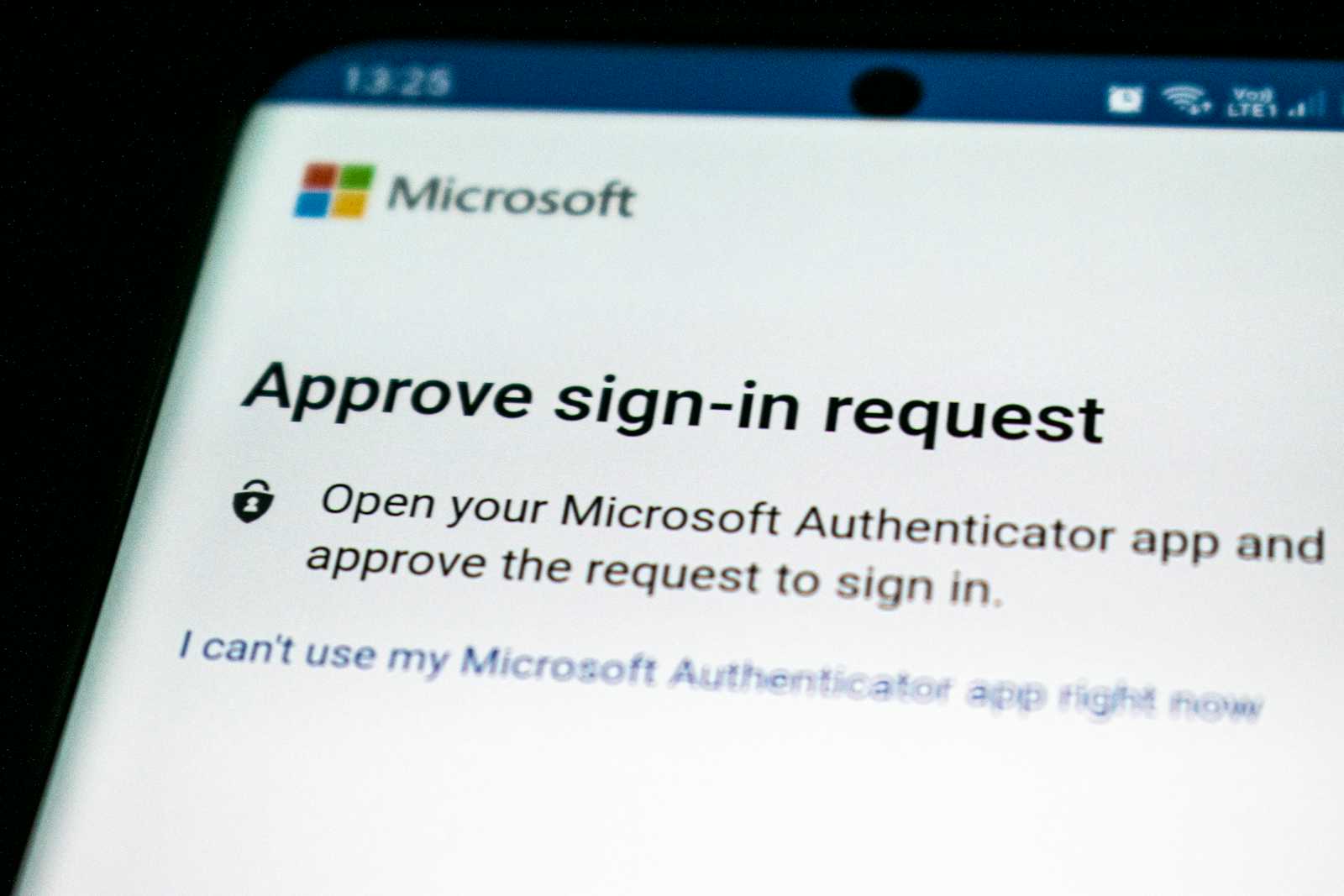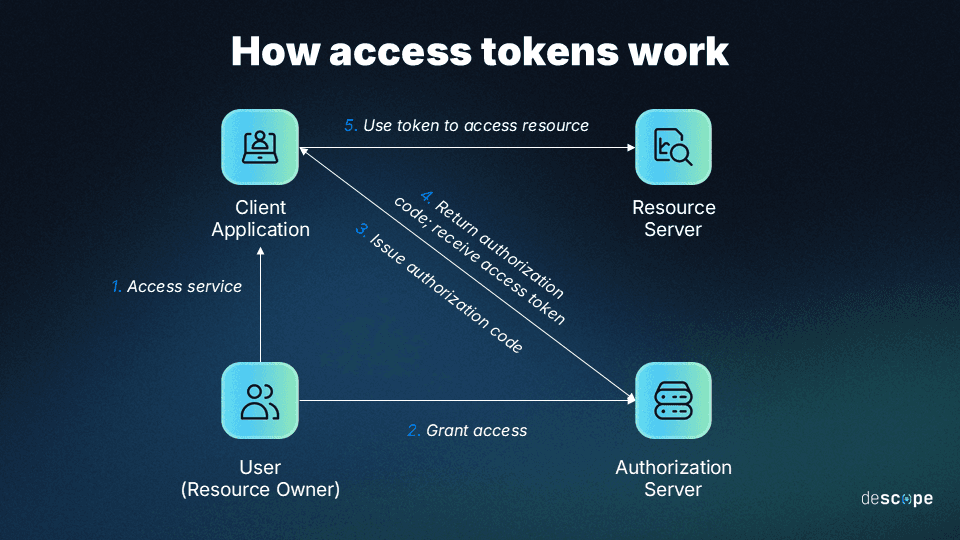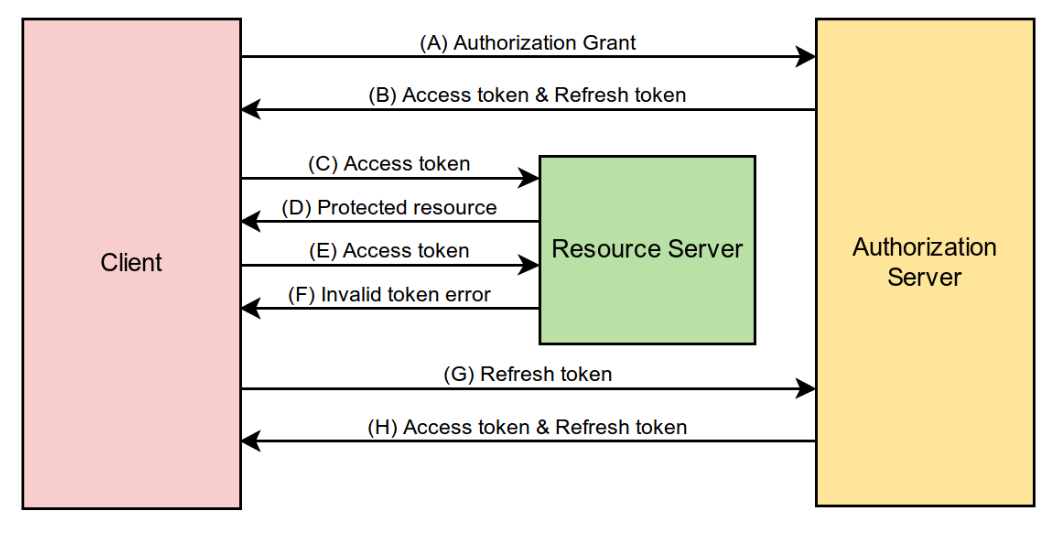Difference between Access-Token and Refresh-Token
 satya sootar
satya sootarTable of contents

Once the user authenticates, the server returns two JSON web tokens: an access token and a refresh token.
Access Token
An Access Token is a type of JSON Web Token (JWT) issued by the server after successful user authentication. It acts as a key for accessing protected resources or APIs without requiring repeated authentication.
Purpose: To grant users access to designated routes or resources.
Access tokens are short-lived, usually lasting from a few minutes to a day for security reasons.

Refresh token
A Refresh Token is a credential also issued during authentication, used to obtain a new Access Token when the current one expires. It ensures seamless user sessions without requiring the user to re-authenticate frequently.
Purpose: To securely generate a new Access Token through a server endpoint when the old token expires.
Use Case: The client application sends the Refresh Token to the server, which verifies it and issues a new Access Token. This process reduces the need for repeated logins.

Subscribe to my newsletter
Read articles from satya sootar directly inside your inbox. Subscribe to the newsletter, and don't miss out.
Written by
